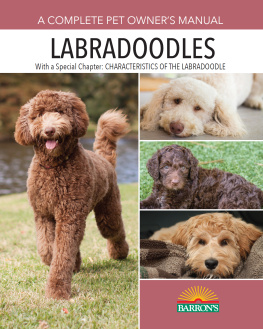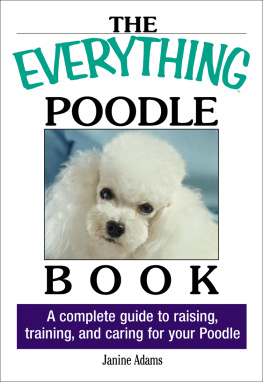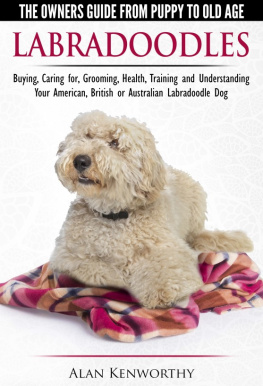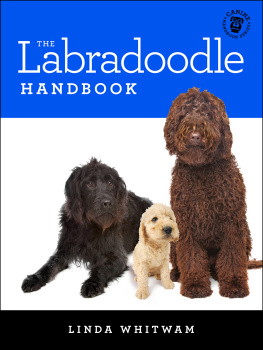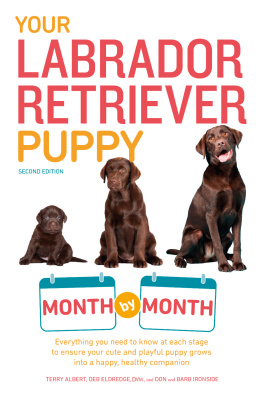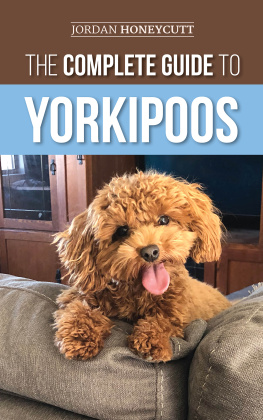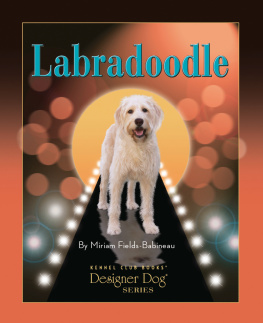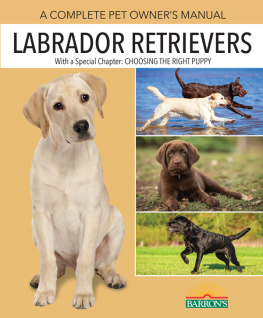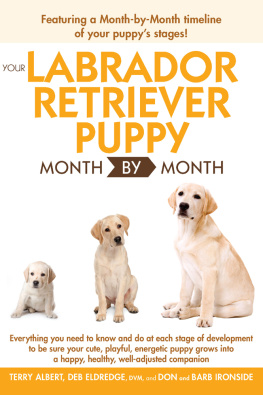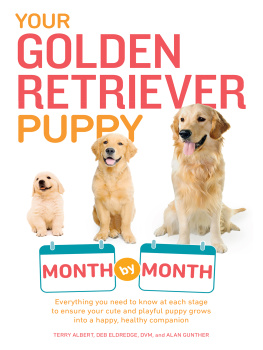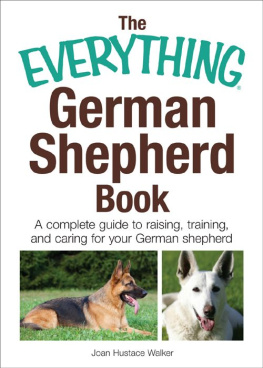

Contents

On the surface, the answer to What is the Labradoodle? seems simple. Hes a LABRADor mixed with a pOODLE, or a Labradoodle, right? Yes... and no. The term Labradoodle is often used for a variety of iterations of the Labradoodle/Poodle cross.
In the strictest sense of the word, Labradoodle refers to the simple, straight, one-time cross between any Labrador Retriever and any Poodle. The Australian Labradoodle, or AL, is different in that it not only has multiple generations (often 16 or more!) of Australian Labradoodle/Australian Labradoodle in his lineage, but he also has infusions of other purebreds in the early generations, to create what is known as the Australian Labradoodle.
But, there are also early generation Labradoodles, Labradoodle crossbacks (a Labradoodle bred back to either a Labrador Retriever or a Poodle), and multigenerational Labradoodles. And all of these iterationsfrom the Labradoodle to the Australian Labradoodlehave unique and distinct qualities.
To understand more about how the Labradoodle, Australian Labradoodle, and everything in between came into being, it is necessary to cross the Pacific Ocean and learn about the Labradoodles origins in Australia.
The Labradoodle began as a solution to a problem. In the early 1980s, the puppy-breeding manager for the Royal Guide Dog Association of Australia, Wally Conron, received a challenging request.
A vision-impaired woman from Hawaii wrote to the guide dog association, inquiring if an allergy-free guide dog could be had from the center. She was not allergic to dogs, but her husband was, and in order to have a guide dog in the home without her husband suffering, she had to find a guide dog that her husband wasnt allergic to.
The guide dogs puppy program bred only Labradors. However, Conron thought he had a solution to the problem: train Standard Poodles as service dogs. He reasoned that Poodles had a non-shedding coat, were often not a problem for people with allergies to dogs, and the Standard Poodle, which could be up to 27 inches (69 cm) tall at the shoulder, would be sizeable enough for a working service dog.
Problem solved! Or so he thought...... after rejecting countless Poodles with various problems, some two years and 33 disappointing trials later, I still hadnt found an appropriate dog for the job, writes Conron in an article he penned in the July 10, 2007 issue of Readers Digest . In desperation, I decided to cross a Standard Poodle with one of our best-producing Labradors.
That initial crossing produced three puppies. Coat and saliva samples were sent to the couple to determine if any of the puppies would prove to be allergy-free. One puppys samples were successful. Sultan would become the first hypoallergenic service dog. Before that would be possible, however, Conron was faced with a rather desperate situation: No one wanted to be a puppy raiserthe early training and socialization aspect that is so important to the success of service dogsfor Sultan and his littermates. Even though the guide dog association, with which Conron was associated, had a three to six month waiting list of people wanting to be puppy raisers, no one wanted a mixed breed puppy to raise.
The First Doodle
According to the Australian Labradoodles foundation club in Australia (the Australian Labradoodle Association [ALA]), a white Standard Poodle imported from Sweden was used in Conrons initial breeding of Labrador to Standard Poodle.

Eight weeks after the pups had been born, Conron still hadnt found puppy-raising homes for them. Largely out of frustration and annoyance, Conron stopped referring to the puppies as crossbred, and instead coined the name Labradoodle to describe the allergy-free guide dog puppies that he had worked so hard to breed and had been carefully rearing.
The new name worked. In a matter of weeks, the pups not only found puppy-raising homes, but news of the new allergy-free breed reached other guide dog associations, as well as those who wanted an allergy-free dog as a pet.
Over time, Labradoodle Sultan finished his vision-impaired service dog training and was ready to be delivered to his new owner and her dog-allergic husband in Hawaii. The arrival of Sultan in Hawaii received much press, made international news, and fueled the desire for the Labradoodle not only as a service dog but also as the answer to many dog-loving people who sought a hypoallergenic dog.
Conrons Labrador/Poodle cross was a hit, so Conron set out to breed more to be used as service dogs.
In an attempt to find the healthiest Standard Poodles with the most suitable attributes and characteristics to breed with the guide dog programs Labradors, Conron approached the Kennel Control Council of Australia. However, the response Conron received was anything but warm: The KCC reportedly warned its members that they would be banned from dog shows and litter registrations for life if any of their dogs participated in Conrons program.
The next litter Conron bred of Labradoodles produced ten puppies. Only three proved to be allergy-free to humans. It was at this time that Conron became acutely concerned that he may have created a huge demand for a hypoallergenic dog that could not be produced with any consistency.
Additionally, Conron worried that backyard breeders would pick up on the craze for the Labradoodlethat they would breed for profit alone, with no concern for the hereditary qualities of the sire and dam or their inability to predict or produce a low-allergen, non-shedding puppy.
Do You Have a Dog Allergy?
The National Institutes of Health says that detectable levels of pet dander are in every home in the U.S. That statistic includes homes that dont have dogs! And, if you are one of the approximately 65 percent of American households that have a pet (American Pet Products Association 2015 estimate), your dogs dander is everywhereincluding places where your dog has never set paw.
But, how do you know if you are truly allergic to dogs or if it is something else? According to the American College of Allergies, Asthma, and Immunology (ACAAI), If your nose runs or you start sneezing and wheezing after petting or playing with a dog, you may be allergic to dogs. The symptoms are the same as any other nasal allergy, and according to the ACAAI include:
Sneezing or a runny or stuffy nose
Facial pain (from nasal congestion)
Coughing, chest tightness, shortness of breath, and wheezing
Watery, red, or itchy eyes
Skin rash or hives
Dogs produce multiple allergens, or proteins that can cause allergies. These allergens are found in dog hair, dander, saliva, and urine. All dogs produce allergens, and according to the ACAAI, studies have not shown that any breed or coat typeor dog, for that mattercan be truly hypoallergenic (i.e., not cause allergic reactions).
But, it could also be something else: Dust and pollen in a dogs coat can also cause allergy symptoms, according to the ACAAI. And the less a dog is bathed, and the longer or more coat the dog has, the more likely it is that the dog can serve as a sponge for dust and pollen, both inside and outdoors. In those cases, the allergy is to dust or pollen, not to the dog. Bathing the dog at least once a week and utilizing other strategies to minimize dust and pollen (i.e., run high-efficiency particulate air [HEPA] cleaners continuously in the bedroom or living room to reduce allergens, use a high-efficiency vacuum cleaner or a central vacuum to reduce allergen levels, etc.) can help.

